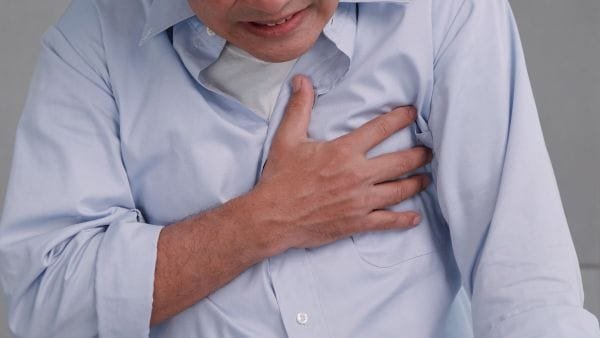Introduction: The Confusing Chest Pain
It’s a familiar story—sudden chest pain, discomfort, or pressure, and panic sets in. “Is it just gas… or a heart attack?”
Many people mistake gas pain for cardiac pain, leading to delayed treatment during real emergencies. According to cardiologists, this confusion is one of the leading causes of late hospital arrival during heart attacks in India.
At The Doctorpreneur Academy, we believe every doctor should use digital platforms to educate patients about such life-saving distinctions.
Let’s break it down in simple terms.
1. The Nature of Pain—The First Clue
Gas Pain:
- Feels like a burning, sharp, or cramping discomfort in the upper stomach or lower chest.
- The pain often shifts position and may ease after burping, passing gas, or a bowel movement.
Heart Attack:
- Feels like a heavy pressure, squeezing, or tightness in the center of the chest that may spread to the left arm, jaw, or back.
- The pain remains steady—not relieved by burping, movement, or rest.
👉 Doctor’s Insight:
If the pain feels like “someone sitting on your chest” and doesn’t move or ease, suspect a heart attack, not gas.
2. Duration & Relief—Time Tells the Truth
Gas Pain:
- Usually short-lived—from a few minutes to a couple of hours.
- Improves after gas passes or digestion settles.
Heart Attack:
- Lasts longer than 15–20 minutes.
- Does not improve with movement, antacids, or rest.
If pain persists despite home remedies or is accompanied by shortness of breath or sweating, treat it as cardiac until proven otherwise.
3. Other Warning Signs
Gas-Related Discomfort:
- Bloating, burping, and mild upper abdominal pain.
- Usually no dizziness, heavy sweating, or severe breathlessness.
Heart Attack Symptoms:
- Intense chest pressure with cold sweats, nausea, vomiting, dizziness, or fatigue.
- Women often report unusual tiredness or stomach pain instead of classic chest pain.
4. Diagnostic Clarity
When in doubt, only medical tests can confirm the cause:
- Heart Attack: ECG, cardiac enzyme tests, or echocardiogram.
- Gas or Indigestion: X-rays, ultrasound, or endoscopy to check for gastrointestinal causes.
➡️ Doctor’s Tip: Never self-diagnose. A quick ECG can save a life, while waiting it out could cost one.
5. When to Call for Help
🚨 Seek emergency care immediately if:
- Chest pain lasts more than 20 minutes.
- Pain radiates to the arm, neck, or back.
- You experience sweating, breathlessness, or fainting.
- You have risk factors like diabetes, high blood pressure, obesity, or smoking.
In such situations, assume it’s a heart attack until proven otherwise.
6. Prevention: Protect Both the Gut and the Heart
For Gas Relief:
- Eat smaller meals, avoid overeating, and reduce fried or spicy foods.
- Don’t lie down right after eating.
For Heart Health:
- Maintain a healthy weight, exercise regularly, and control cholesterol and blood pressure.
- Limit alcohol and quit smoking.
- Stay hydrated and manage stress.
7. What This Means for Doctors
For medical professionals—especially those part of The Doctorpreneur Academy—this is a perfect topic for digital patient education.
- 🎥 Create short explainer videos titled “Is It Gas or Heart Trouble?”
- 📱 Share infographics showing red-flag symptoms.
- 💬 Encourage regular health checkups and lifestyle awareness.
Doctors who proactively educate their communities build not only healthier patients but also stronger trust and authority online.
Conclusion: Don’t Guess—Get Checked
Chest pain can be deceptive. What feels like gas might be your heart crying for help.
Early diagnosis saves lives, and awareness is the first step to prevention.
As we always say at Doctorpreneur Academy:
💬 “An informed patient is an empowered one—and empowered patients save themselves.”
👉 To register for our next masterclass, please click here: https://linktr.ee/docpreneur




